Fannie Mae and Freddie Mac, which operate under the Federal Housing Finance Agency’s Duty to Serve Plan, have made financing workforce housing a central component of creating more equitable and sustainable access to quality rental housing. With a wide range of programs and incentives now available, investors have been increasingly securing stable and valuable opportunities, which can also improve the lives of cost-burdened middle-income professionals.
Single-Family Rental Investment Trends Report Q3 2025
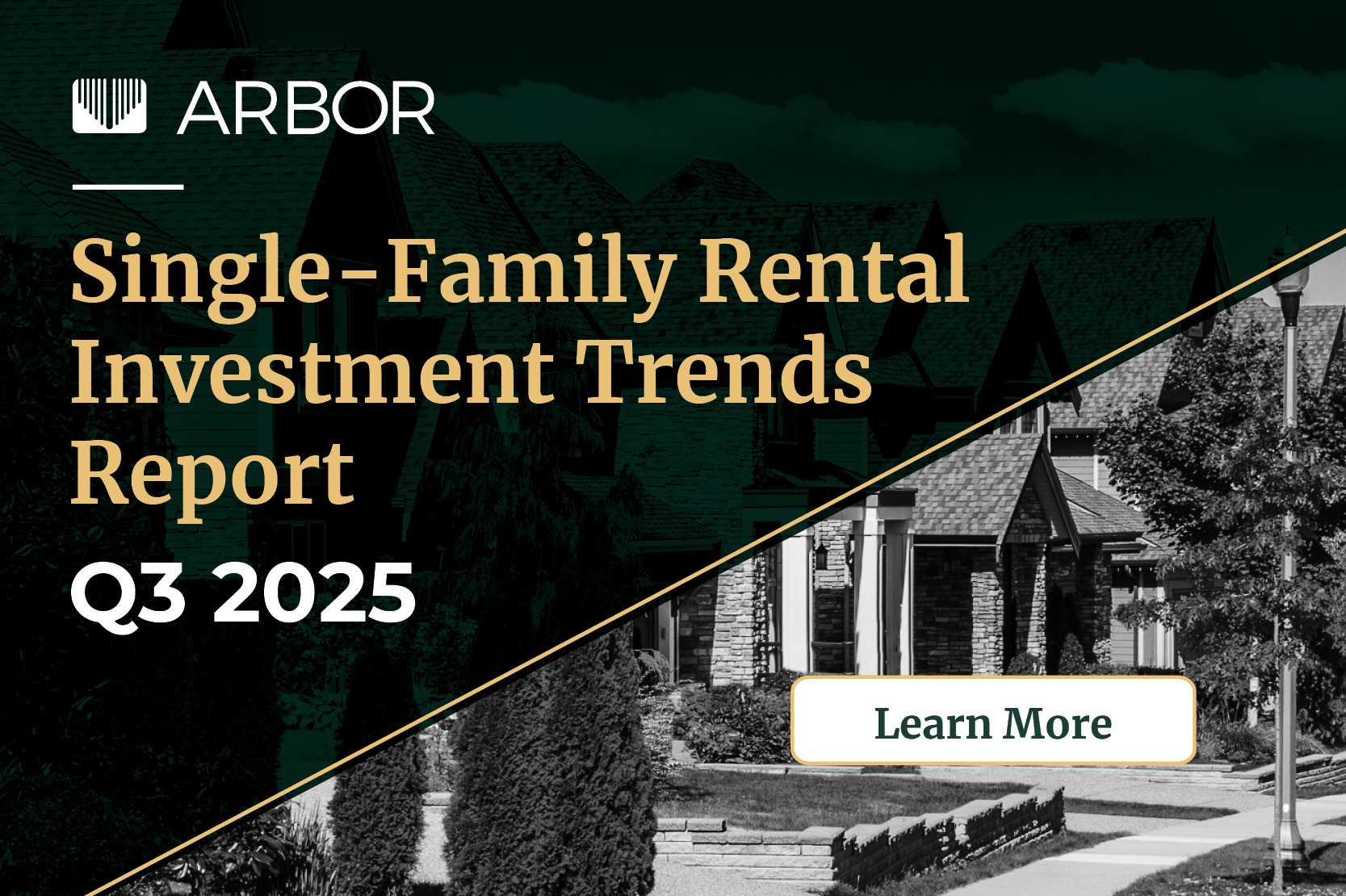
Arbor’s Single-Family Rental Investment Trends Report Q3 2025 documents the increasing strength and resiliency of the sector as it transitions to stable growth after a long period of rapid expansion. Rent growth remained positive last quarter, pushing up property-level yields as robust build-to-rent (BTR) construction activity continued to boost supply to a marketplace in need of quality rental housing.

Build-to-Rent (BTR) Development Continues to Outpace Historical Highs
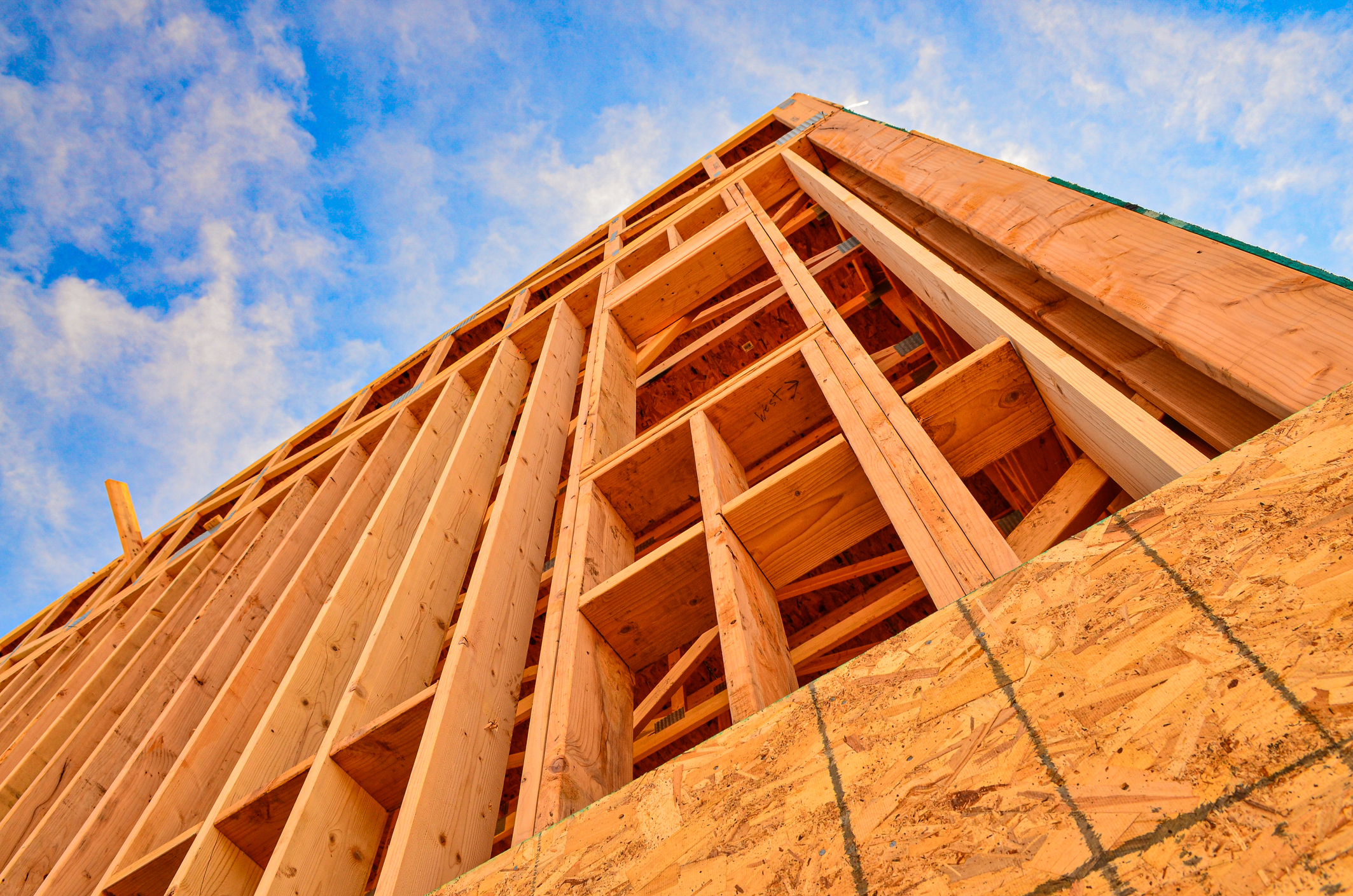
As single-family rental (SFR) demand has risen, build-to-rent (BTR) development has become more efficient at creating a distinct, community-focused experience for renters. Newly released U.S. Census Bureau data confirms that while the pace of SFR/BTR construction slowed during the second-quarter, development has remained robust compared to historical trends.

Arbor’s Innovative BTR CLO Delivers Key Competitive Advantages
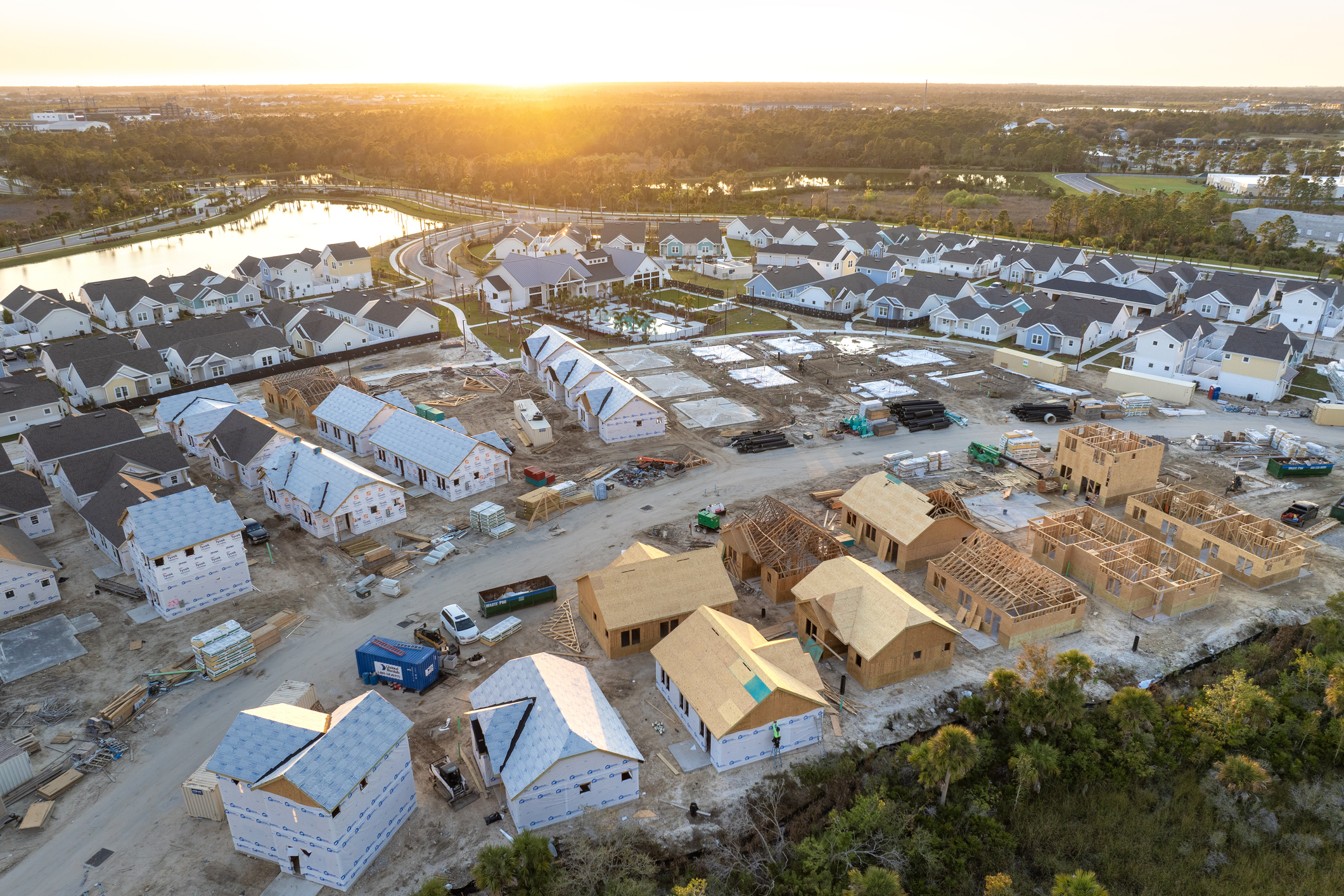
Arbor Realty Trust, a perennial innovator in commercial real estate finance, closed a unique $802 million collateralized loan securitization (CLO) in May 2025 that cements the multifamily lender’s position at the forefront of build-to-rent (BTR) financing.

The Most Active Markets for New Multifamily Development in 2025
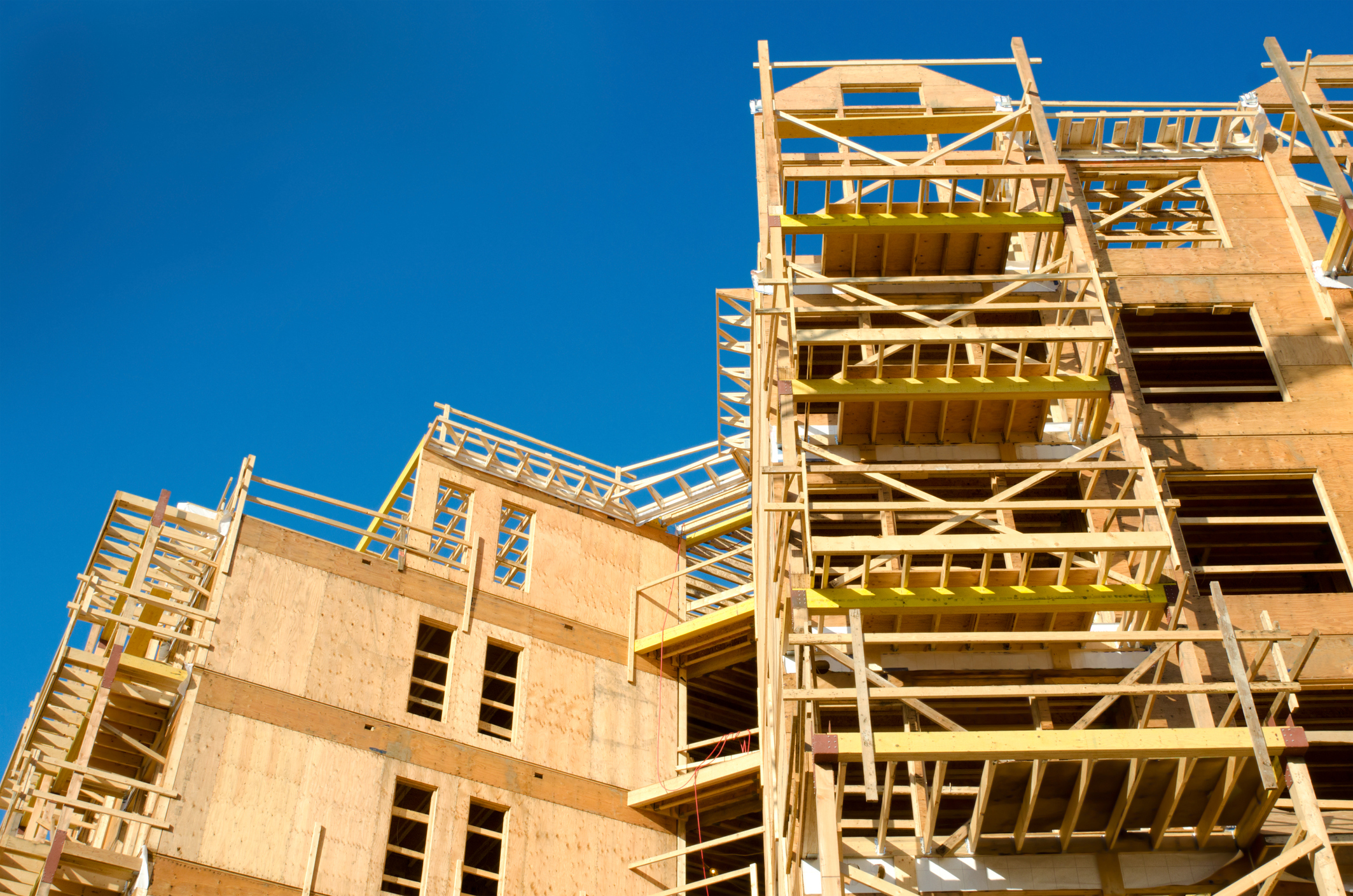
After the volume of multifamily permits fell nationally in 2023 and 2024, this year is on pace to be a year of stabilization for multifamily development. According to the U.S. Census Bureau, out of the top 100 largest U.S. metros by population, 47 had more multifamily permits through the first six months of 2025 than they did over the same period last year. Driven by strong underlying multifamily demand, attractive investment opportunities are leading to rebounding construction pipelines. As multifamily permitting rises, we explore the markets where new permits issued are most concentrated and where construction activity is gaining momentum.

Small Multifamily Investment Trends Report Q3 2025
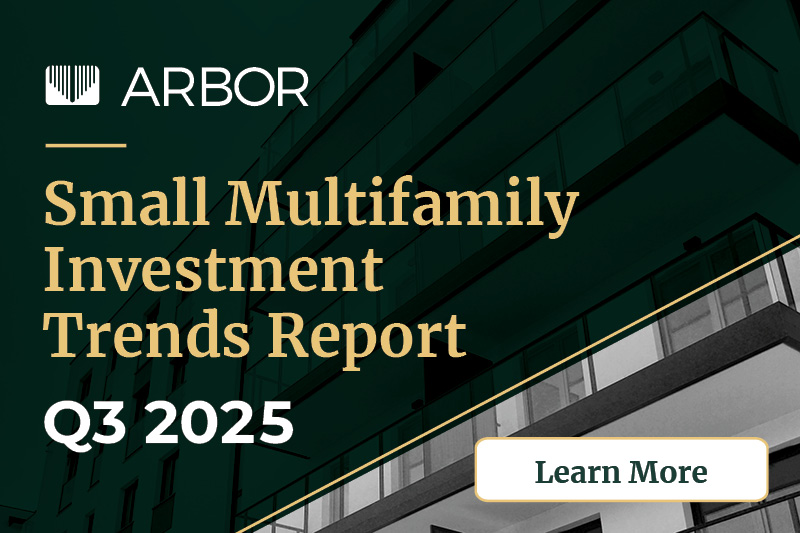
Arbor’s Small Multifamily Investment Trends Report Q3 2025, developed in partnership with Chandan Economics, examines the factors behind the continued upward trajectory of the sector amid an ongoing capital markets recalibration. Several of its core performance metrics, including valuations, originations, and credit standards, have shown measurable improvement as a multifamily market-wide normalization takes shape. Supported by strong fundamentals, small multifamily stands tall despite economic uncertainty.

Arbor’s Proprietary Preferred Equity: A Capital Efficient Strategy for Borrowers

Our pioneering and flexible program is available to all borrowers who qualify for a Freddie Mac Conventional senior loan. Preferred equity amounts, which
generally range from $3 million to $25 million, have a fixed-rate structure, and proceeds can be used for acquisition or refinancing.


